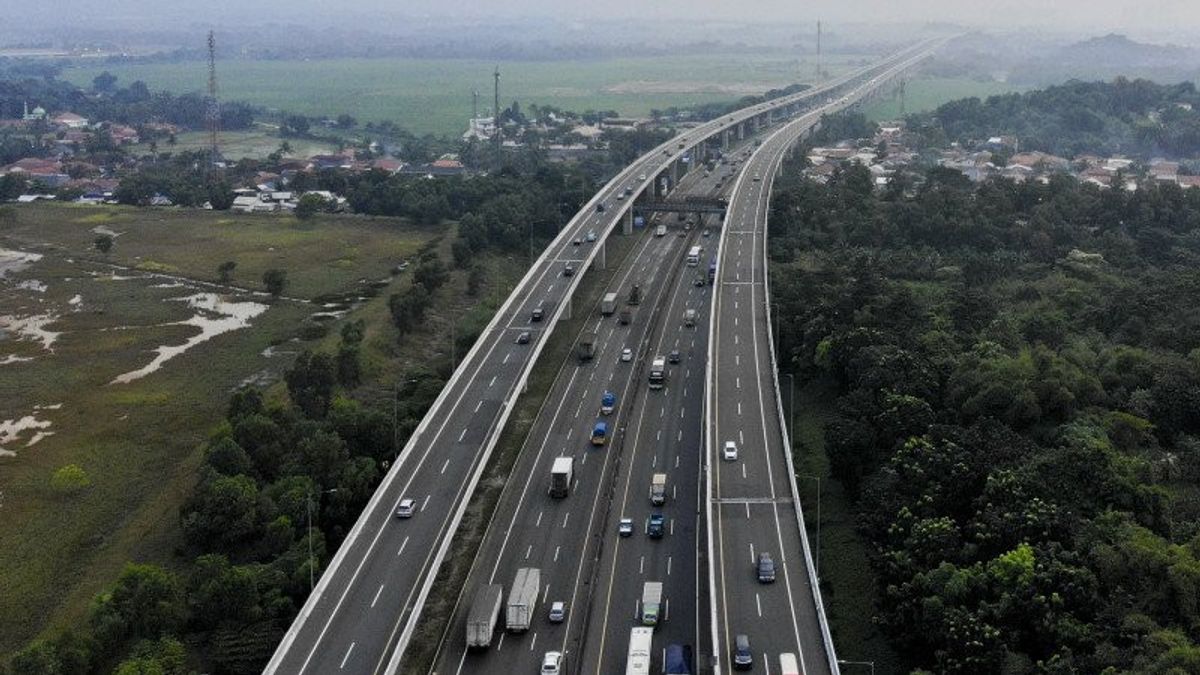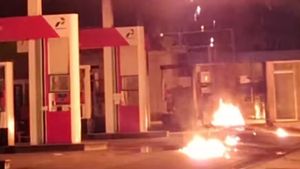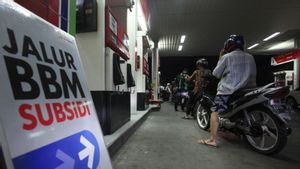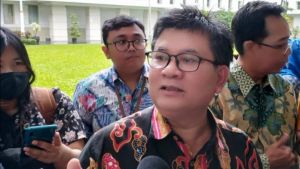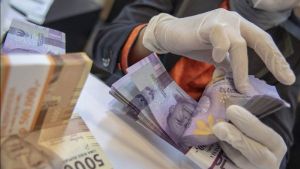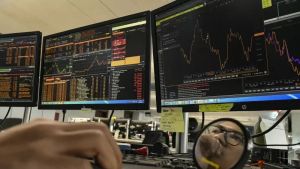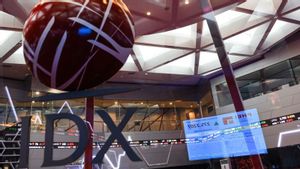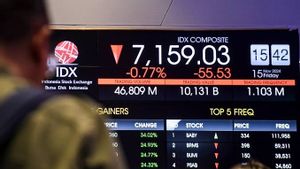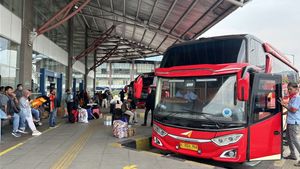JAKARTA - Special Staff to the Minister of Energy and Mineral Resources for the Acceleration of Industrial Development of the ESDM Sector, Agus Tjahajana projects that by 2040 oil-fueled vehicles will be reduced by 50 percent.
He said this could happen because the energy transition program in the transportation sector caused motor vehicle manufacturers to start diverting their production from fuel-based vehicles, internal combustion engines (ICE) with environmentally friendly vehicles.
"Forecast in 2040 is only 50 percent, some say only 40 percent, and the rest are environmentally friendly vehicles," Agus told the media quoted Monday, January 29.
Later, said Agus, the environmentally friendly vehicles in circulation will consist of several types such as battery-based electric vehicles (EVs), or hybrid vehicles.
As for electric vehicles, they will be divided based on the basic branes of driving batteries such as Nickel-Mangan-Cobalt (NMC) and Lithium Ferro Phosphate (LFP)-based batteries which are said to have their respective advantages and disadvantages.
SEE ALSO:
"The FLP has a shortage compared to the NMC, so the density of energy is lower, so from a scale of 10 the energy density is nickel, the LFP has a density of 5," continued Agus.
He further explained that in terms of size, LFP is much heavier than NMC because it has a large iron content.
"What does it mean? If you want it to be the same, it must be bigger. For the distance of the motorbike, the motorbike is about 10-12 kg, which is NMC, if you use an LFP it can be 16 kg. That's because it's smaller so it needs more goods," concluded Agus.
The English, Chinese, Japanese, Arabic, and French versions are automatically generated by the AI. So there may still be inaccuracies in translating, please always see Indonesian as our main language. (system supported by DigitalSiber.id)
